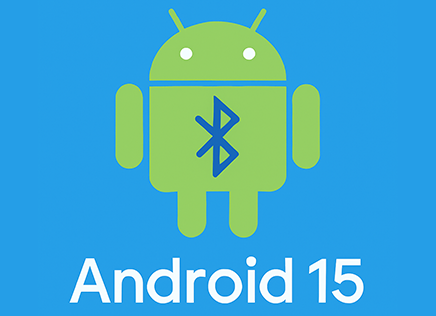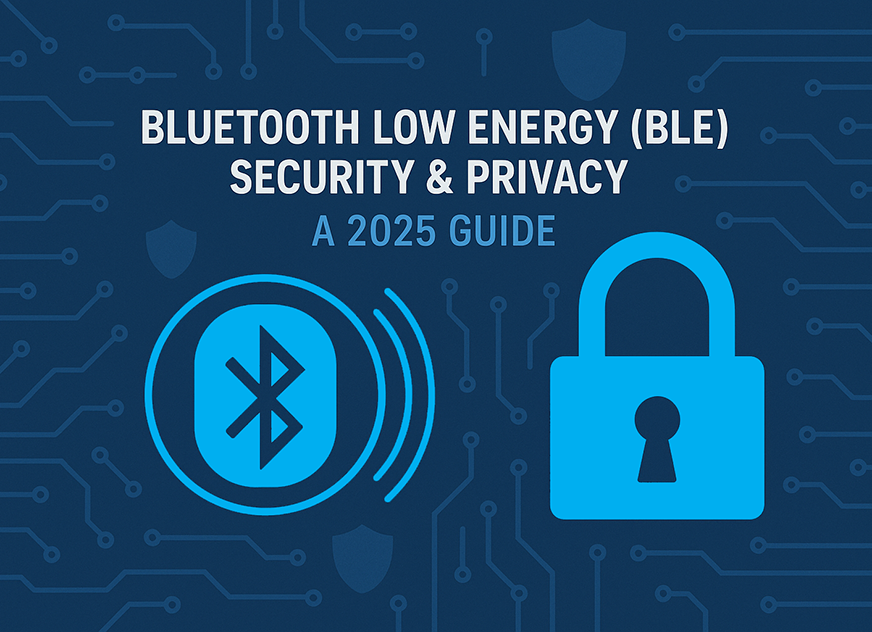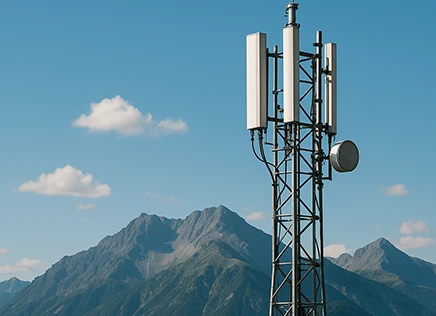
With the release of Android 15, Google continues to evolve the Bluetooth stack to support the next generation of connected experiences — from wearables and audio devices to IoT sensors and automotive systems.
While Android 14 laid the groundwork for Bluetooth LE Audio and enhanced security, Android 15 brings notable upgrades to BLE features, stack architecture, and performance optimizations.
Here’s a comparison of the features introduced in Android 13, Android 14 and Android 15 so you can see the progression. The last few versions of Android have really added a lot of features we’ve been looking for in Bluetooth and enabled better parity compared to iOS.
| Feature | Android 13 | Android 14 | Android 15 |
|---|---|---|---|
| LE Audio APIs | Introduced | Stabilized | Refined |
| LC3 Codec Support | Partial Support | Full Support | Stabilized + Fallbacks |
| Extended Advertising | Basic Support | Improved | Enhanced (Full Payloads) |
| Direction Finding (AoA/AoD) | Not Available | Early Tests (OEM only) | Developer Preview (Experimental) |
| GATT Caching Improvements | Basic Caching | Improved | Prioritized + Fast |
| LE Power Management | Standard | Enhanced | Optimized (Lower Idle Power) |
| Granular BLE Permissions | Not Available | Limited | New BLUETOOTH_BACKGROUND |
| Broadcast Audio | Not Available | Beta | Stable |
| MAC Address Randomization | Partial | Improved | Consistent + Secure |
Here’s a breakdown of the key changes:
Bluetooth Stack Modernization: Moving to Fluoride 2.0
Android 15 continues to refine Fluoride, Google’s open-source Bluetooth stack used across Android devices. Some of the big changes include:
- Improved modularity: Parts of the Bluetooth stack have been split into more maintainable components to improve testability and vendor integration.
- Enhanced debugging tools: New hooks and logging mechanisms are introduced for better real-time diagnostics of GATT operations and ACL link states.
- Power-aware transport management: Bluetooth stack now more intelligently handles controller sleep/wake transitions, helping extend battery life in BLE-heavy use cases.
LE Audio Stability and Interoperability Enhancements
After the major LE Audio rollout in Android 13 and 14, Android 15 focuses on interoperability and edge-case stability:
- Improved Broadcast Audio support: Enhancements to
BroadcastAssistantandBroadcastSourceAPIs now allow better reliability in group audio use cases. - Better support for multi-device connections: More robust handling of LE CIS (Connected Isochronous Streams), reducing desync issues in earbuds and multi-speaker setups.
- Increased codec fallback awareness: When LC3 fails, seamless fallback to classic audio paths
New BLE Capabilities
Android 15 adds several developer-facing BLE capabilities that unlock advanced use cases:
Channel Sounding (AoA/AoD) Foundations
- Support for Bluetooth 5.1 Direction Finding APIs is introduced behind developer flags. Though still under testing on many devices, early adopters can start experimenting with Angle of Arrival (AoA) and Angle of Departure (AoD) features.
- New callbacks in the BLE scan result provide antenna information and IQ sample access for evaluation purposes.
Extended Advertising Enhancements
- Devices with BLE 5.0+ controllers can now access longer advertisement payloads (up to 1650 bytes) with better support across the HAL and native stack.
- Improved handling of periodic advertising sync in low-power environments.
Security and Privacy Improvements
Security is always a central theme in Android releases. Android 15 includes:
- Stricter bonding requirements: New policies enforce secure pairing methods (such as Numeric Comparison or Passkey Entry) on apps using
BluetoothDevice.createBond(). - MAC address randomization improvements: Now applied more consistently across reconnections and during scanning, reducing long-term tracking risk.
Developer API Changes
BLE Permissions
- Android 15 introduces granular BLE permissions, including a new
BLUETOOTH_BACKGROUNDpermission for apps that want to scan while backgrounded without fullBLUETOOTH_CONNECTaccess.
API Cleanup and Deprecations
- Deprecated legacy APIs in
android.bluetooth.BluetoothGattandBluetoothAdapterare now flagged more aggressively, nudging developers toward using modern GATT and LE Audio APIs introduced in Android 13+.
Performance and Power Use
Benchmarks on Pixel devices running Android 15 Developer Preview showed:
- Lower idle BLE power consumption by up to 15% in background scanning use cases.
- Faster GATT connection times thanks to improved caching and priority scheduling in the native stack.
- Reduced memory overhead in connection-heavy apps using multiple BLE peripherals simultaneously.
Final Thoughts
Android 15 marks a maturing phase for BLE and Bluetooth stack development. Even though it doesn’t add anything groundbreaking, this release provides critical refinements for stability, power savings, and security, while also laying the groundwork for Bluetooth 5.1+ features like direction finding.
For developers building BLE-based apps or devices, Android 15 is a welcome evolution that improves consistency, interoperability, and low-level control.
We’re still hoping for later Bluetooth features like the ones in Bluetooth 5.3 and 5.4, but Google is likely prioritizing the features that make the most sense for users and mobile phone.







